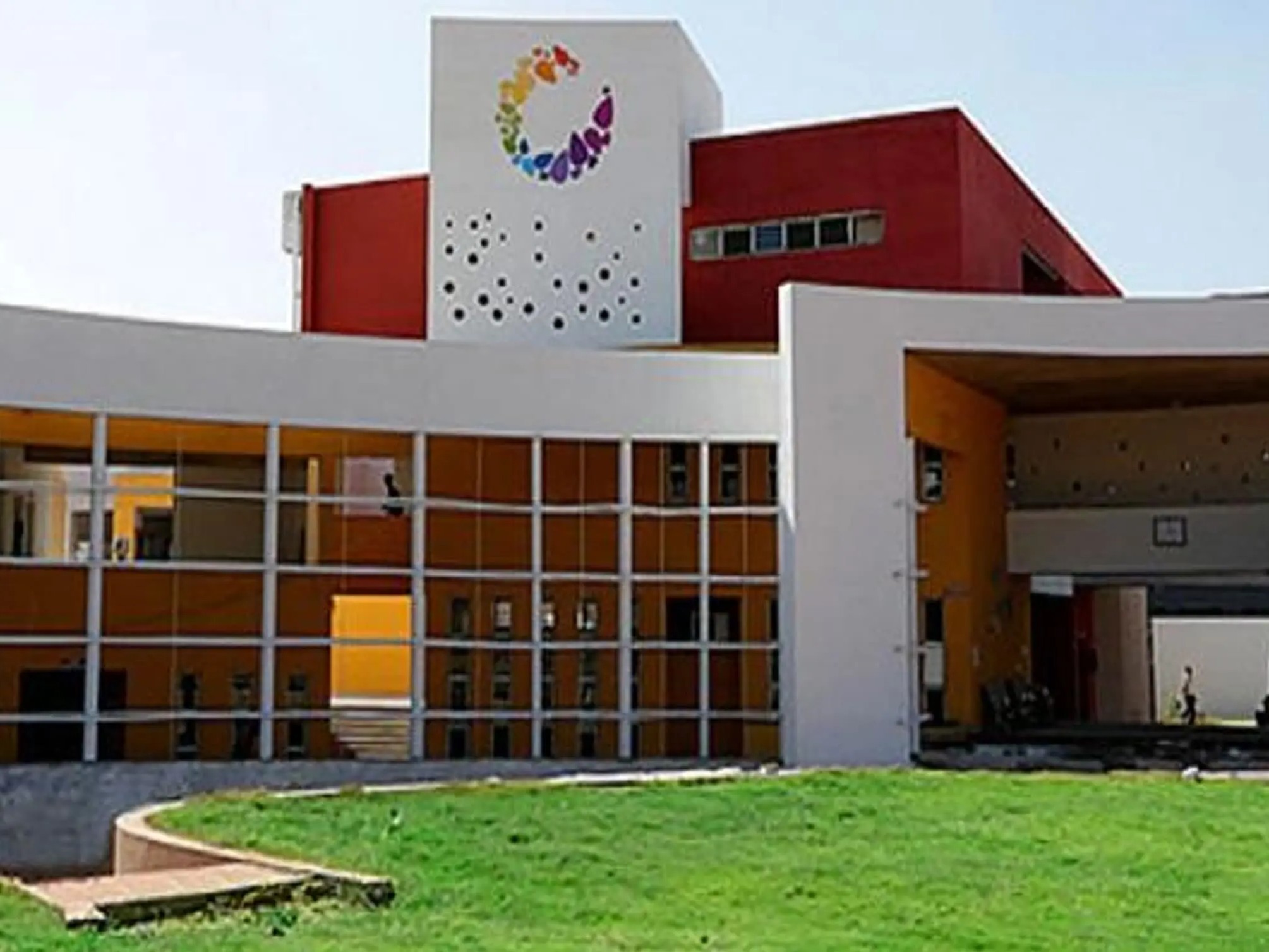In hundreds of labs around the country, thousands of microbiologists peer into the world of microorganisms, studying ways in which these can benefit mankind. They have tamed microbes to rid soil of oil contamination and turned a fungus — T. viride, which itself is disease-causing micro-organism — into a biofungicide (a marketed product), just to give two examples.
At the University of Delhi’s microbiology department, researchers have identified a fungus, which they are now attempting to use in making nutritious feed for cattle — currently being tested at Chhidana, Haryana, by the industry partner in the project.
“It (the feed) will increase digestibility of wheat straw in the animal and the mould will also provide additional protein to the animal,” says RC Kuhad, professor of microbiology, University of Delhi and general secretary, Association of Microbiologists of India.
Other than agriculture, microbiology has applications in diverse fields, including the environment, medicine, public health, paper, textile, leather and the food and feed industry.
“If you are a BSc or postgraduate, when you compare your job opportunities with that of an MBBS, an MBA or IT engineers, then you may feel you are at a loss. But if you are a microbiologist trained in a good lab and have developed good skills, then you have good opportunities,” says Kuhad.
Apart from teaching and research, microbiologists can work as food quality officers, pollution controllers, product engineers, food technologists, industrial microbiologists, scientists in pathology labs, patent attorneys, business development managers, and lab technicians. As entrepreneurs, they can develop and manufacture bio-fertilisers, vaccines, microbial enzymes or provide bio-remediation, food and water testing and DNA/protein sequencing services.
Not just that, knowledge of microbiology can even improve the quality of life. After graduation in microbiology, everyone — from a homemaker to an executive — will be better at running a household. For example, generally in Indian homes, bread is bought and might be kept for five-six days. Once you see a black or green spot, or some discolouration, you will know it is infected. Similarly, you can detect fungal growth on vegetables, which the seller might otherwise pass off as something harmless.
Yet microbiologists’ role is not fully appreciated in India. This is partly because it is a relatively young science. Delhi University’s department was set up in 1984.
For food science/food technology UG/PG teaching programmes and in the food industry, “rarely do they appoint a food microbiologist whereas one-third contribution, if not more, should come from the food microbiologist,” says Kuhad.
But he sounds hopeful. Microbiologists, he says, need to popularise and strengthen the discipline. And their association is on course on that count — taking different programmes to various institutions to create awareness about the discipline.
“There is no field of human endeavour, where the microorganism doesn’t play an important role,” says Kuhad, adding, “The discipline of microbiology has been undergoing rapid change and powerful new tools and technologies especially genetic engineering, genomics, proteomics etc promise exciting horizons for man’s continued exploitation of microorganisms.”
How do I get there?
Read science in Class 11 and Class 12. Enroll for a bachelor’s degree in microbiology. Follow it up with an MSc. A PhD is best for enhanced career prospects.
Frequently Asked Questions
Sorem ipsum dolor sit amet consectur adipiscing elit sed eius mod nt labore dolore magna aliquaenim ad minim sorem ipsum dolor sit amet consectur adipiscing elit sed eius modam.
Sorem ipsum dolor sit amet consectur adipiscing elit sed eius mod nt labore dolore magna aliquaenim ad minim sorem ipsum dolor sit amet consectur adipiscing elit sed eius modam.


